6 Activities to do with Kids Instead of Going to the Zoo
Disclosure: This post may contain affiliate links
Zoos can be a busy hub of activity, and parents might worry that skipping the zoo means their children are missing out. Here are 6 activities to do instead.
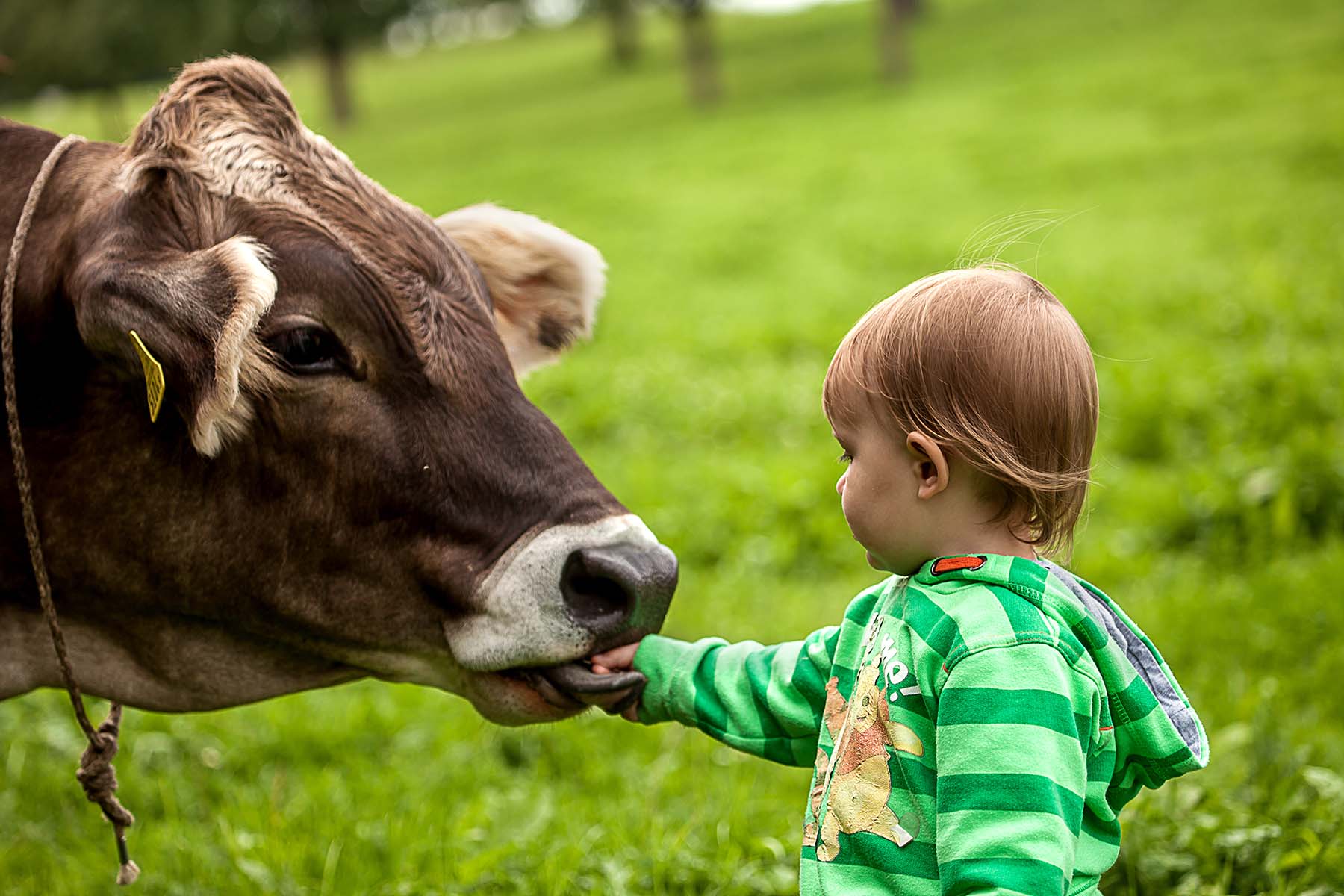
What's in this post
“How many more animals are going to be shot dead for the crime of living a life in captivity with irresponsible humans at the helm? [Zoos are]…places where bored living beings are on display behind fences and cement walls, going back and forth along paths beaten down by their own incessant pacing.” – JoAnne McArthur, WeAnimals
The Story
A rare 17 year old gorilla named Harambe was shot dead at The Cincinnati Zoo this past weekend because a four-year old child fell into the exhibit.
This isn’t the first incident of a child falling into a zoo enclosure, and as long as zoos remain in business, it won’t be the last.
Not surprisingly, this absolute tragedy has sparked debate between zoo advocates and animal advocates about the archaic practice of keeping animals in captivity and on display.
One online petition called “Justice for Harambe” has garnered more than 415,000 signatures as of today.
Zoos are prison for animals
Despite their commonly cited benefits, zoos are no home sweet home for the animals.
Even at their best, zoos can never replicate or replace animals’ chosen and natural habitats. Animals are either taken from their home or born into captivity, where they are prevented from doing things that are natural to them, like running, roaming, flying, climbing, foraging, choosing a mate, raising a family, and being with others of their own species.
A zoo is a business where babies draw crowds, and adult animals are routinely traded, loaned, or sold. The disposal of older (“surplus”) animals is a not-so-well-kept secret (and sometimes illegal) industry practice. Animals end can end up at auction, on a hunting ranch, in research laboratories, or dying in a more depraved situation.
There are better ways to introduce children to animals.

A child and a cow / Source
Visit an animal sanctuary
Animal sanctuaries are veganism’s greatest advocates and the perfect alternative to visiting a zoo. They are a physical space that allows people to “connect with animals” in a way that a zoo cannot replace. Visitors can interact with animals in a peaceful and natural setting, allowing a greater understanding of their lives as individuals.
Find an Animal Sanctuary near you.
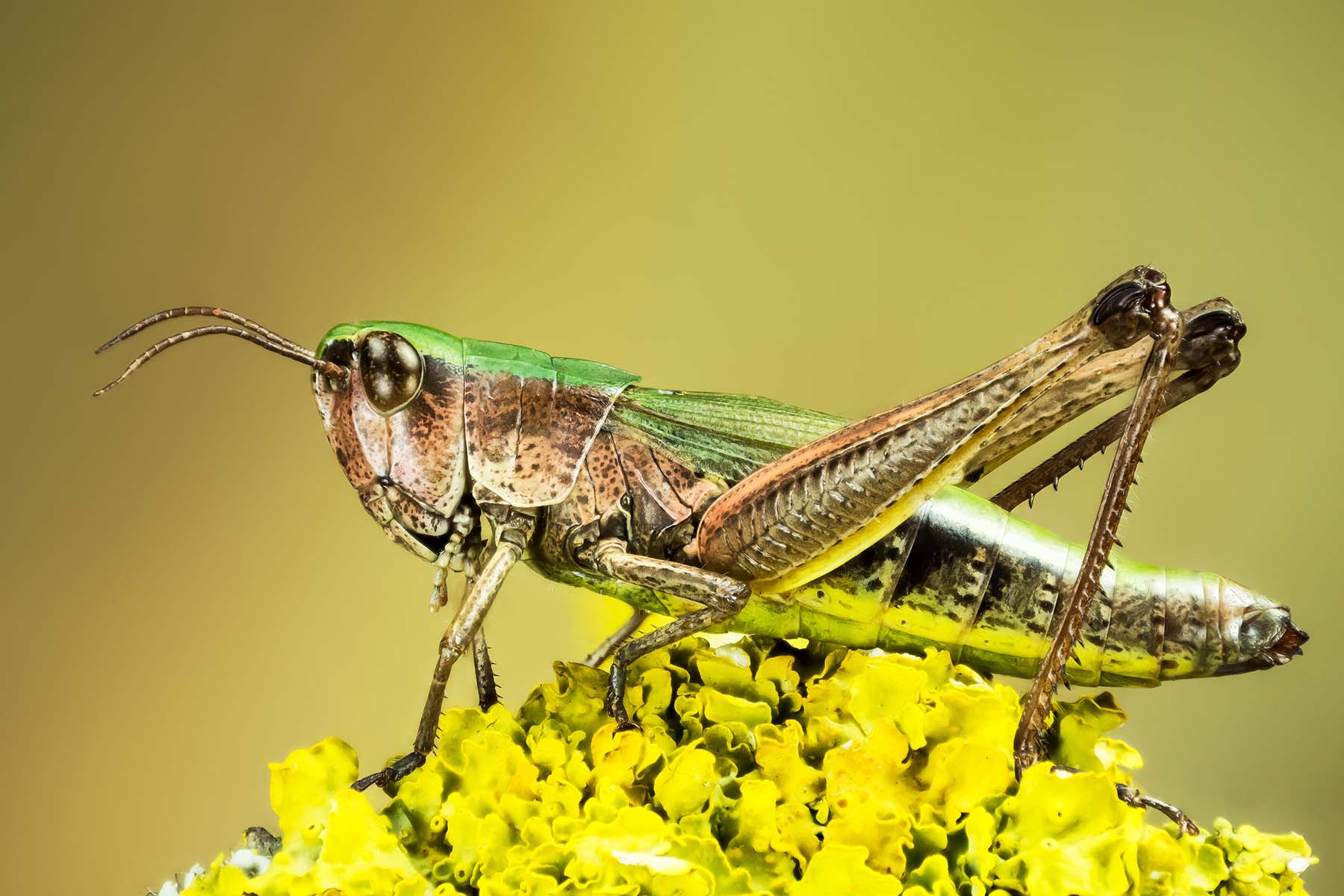
Lesser Marsh grasshopper / Source
Observe wildlife habitats and learn about local plants, trees, and animals
One of the easiest ways to teach children about animals is to simply walk outside. There is abundant animal life right outside our back doors. Learn about all the different species of animals where you live.
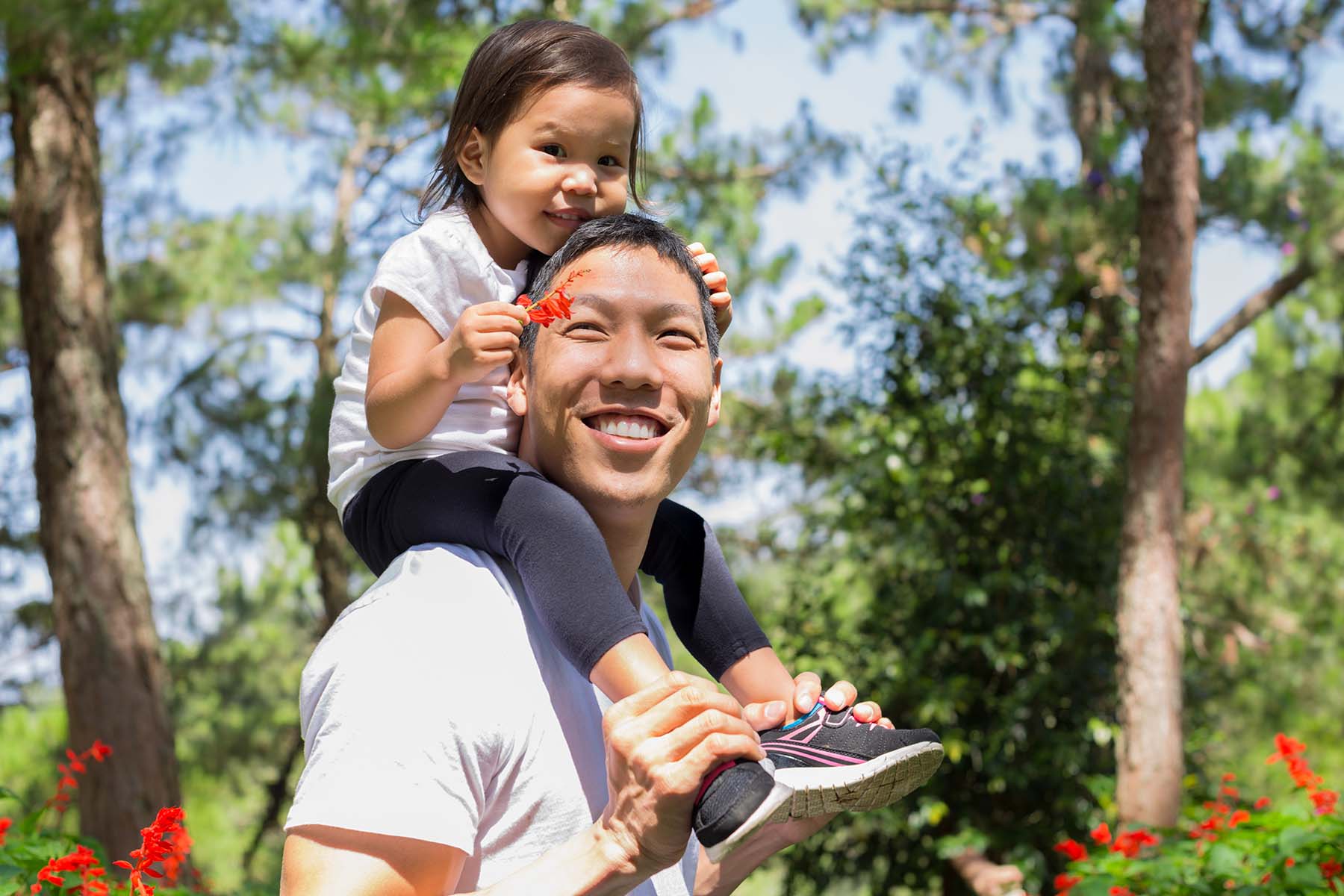
A father & child hiking / Source
Visit local parks and hiking trails
Grab a pair of binoculars and head to the park or trail. Look for different types of animals in the area- make a game out of counting numbers of animals spotted. Learning more about the local animal life not only teaches children about the lives of animals but also how to coexist with them.

Cover for the TV series Planet Earth / Source
Watch educational documentaries
Programs such as Planet Earth have stunning visuals and excellent commentary for learning and entertainment. Visit the Vegan Movie Library and the Vegan Netflix Guide to find more movies and TV shows with a compassionate message to help teach children kindness.
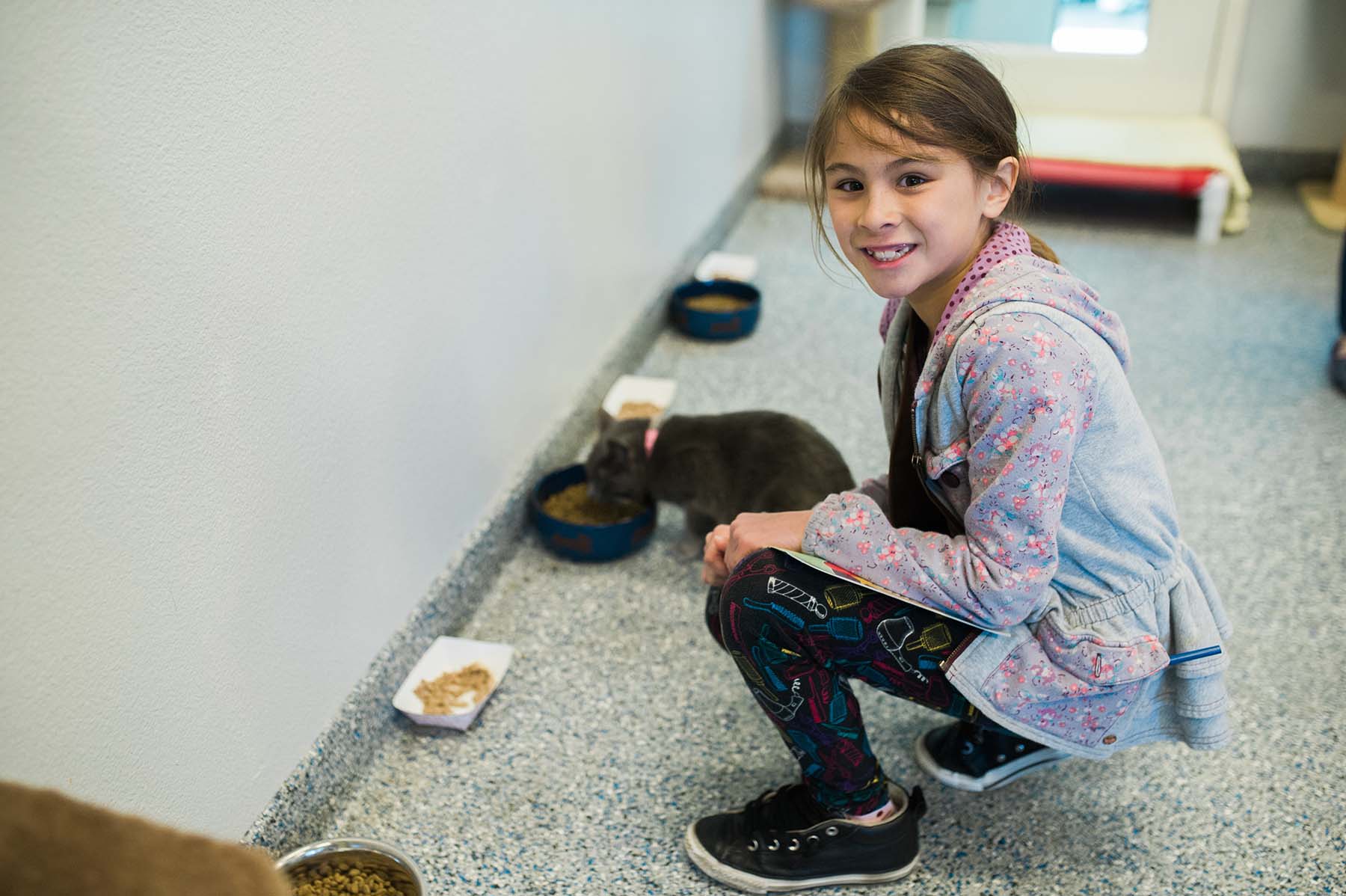
A child volunteering at a cat shelter / Source
Walk dogs or care for other animals at a local shelter
This is hands-on experience with animals who desperately need the TLC, plus children will learn how to give comfort (be kind) to animals.

Children at the library / Source
Read and share books with children
There are lots of books to help explain an ethical worldview in a way that children will understand and enjoy. Browse below or visit the Vegan Book Library for the full collection of vegan children’s books.
Learn more about zoos
Learn how zoos are prisons for animals by visiting this in-depth guide on veganism and zoos.
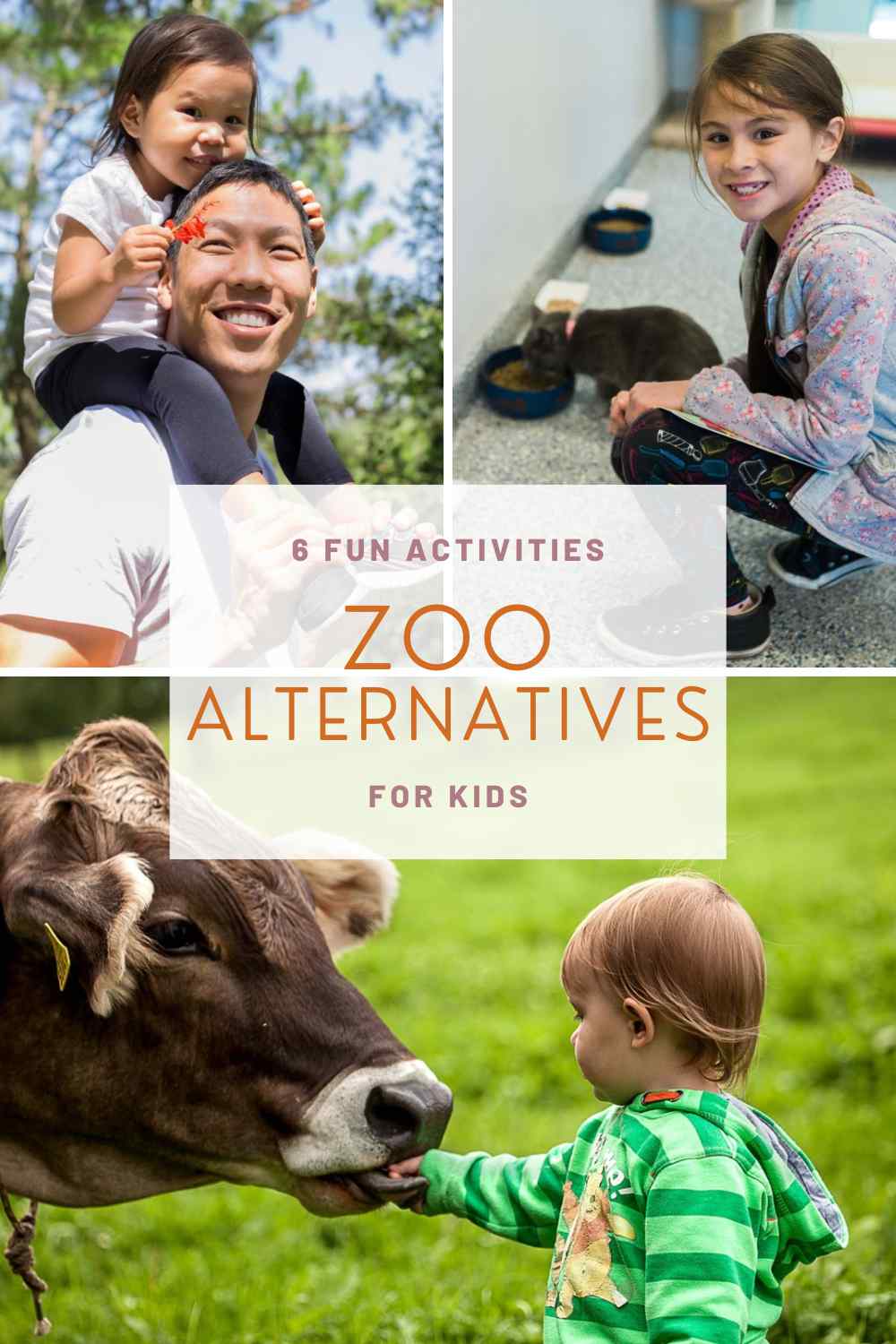








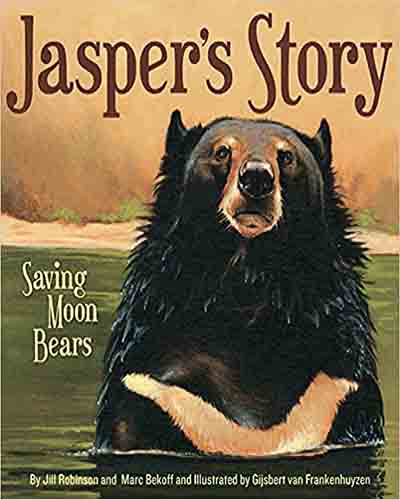
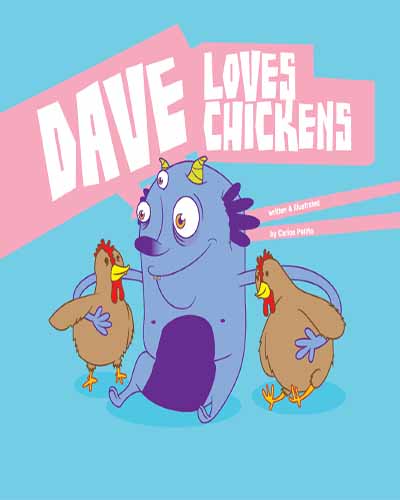
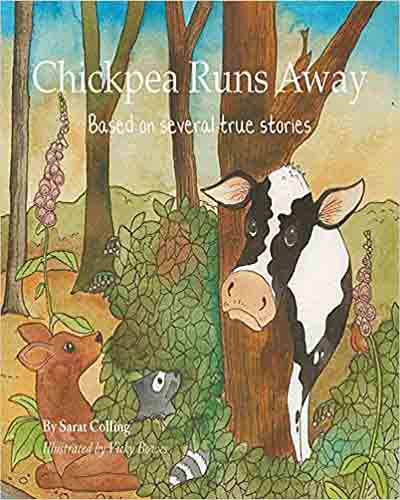
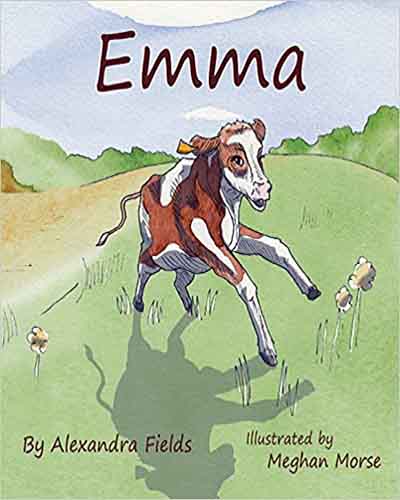
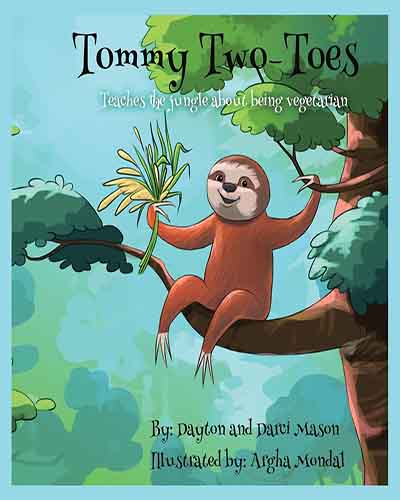
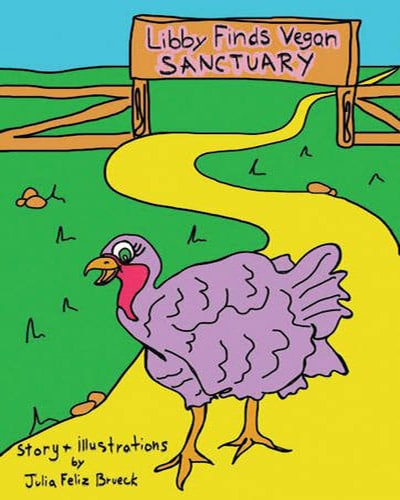


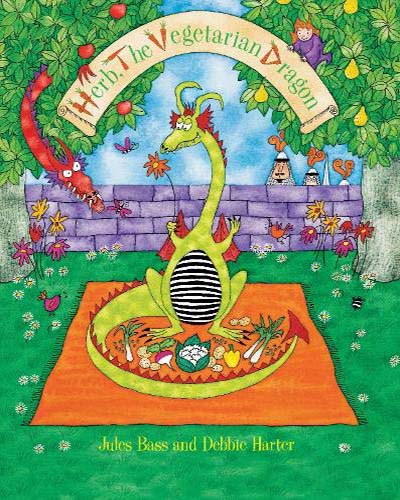
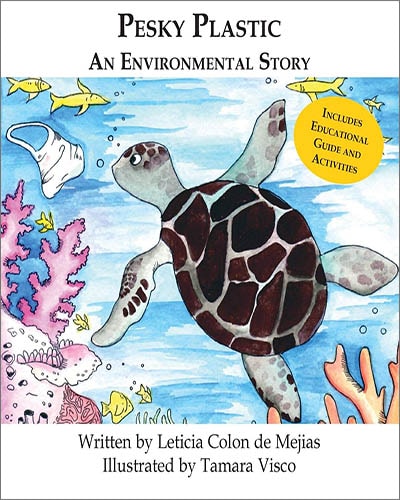
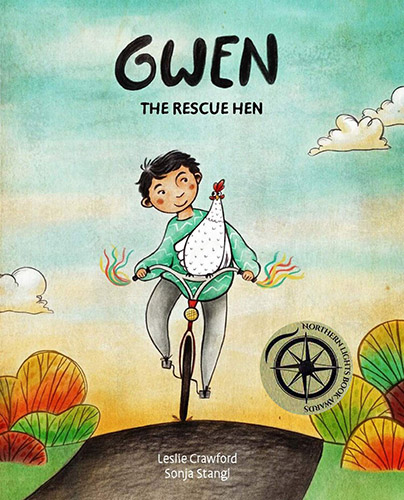
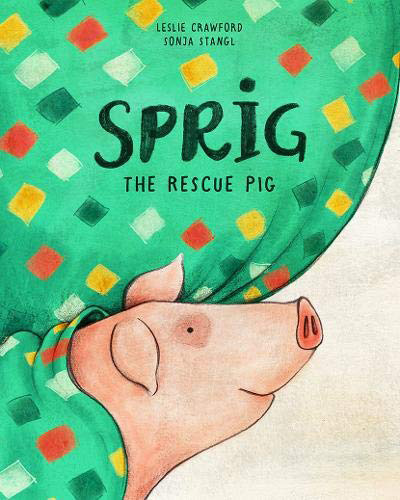
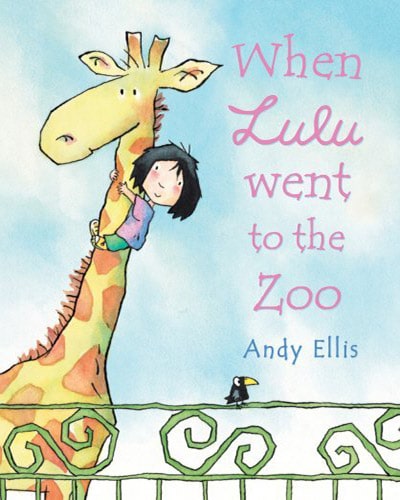
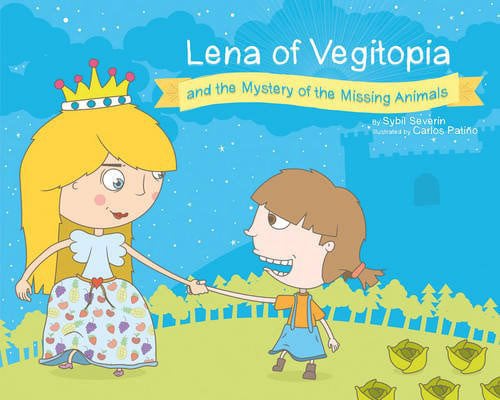



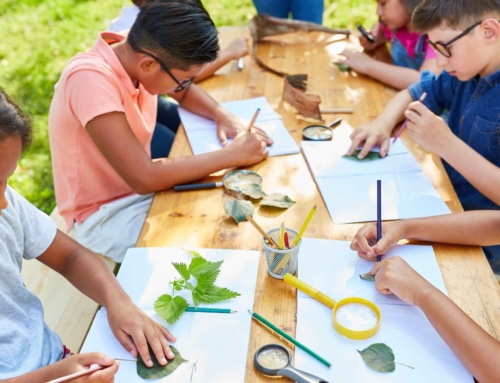




[…] Most shared post: 6 Activities to do with Kids Instead of Going to the Zoo […]
Totally agree about Zoos and Sanctuaries. Zoos Never! I must say I just went to a Wildlife Center in Sylmar, CA and it was great! It was small and the animals there were ones who were too injured for release. The staff was so caring and they had lots of educational exhibits for kids. And a blind owl named Zeus with starry eyes. Check him out on IG: Zeustheblindowl and enjoy!
I love this article. Thank you so much for sharing something that gets me so many eye rolls from other moms (including my own). I can’t stand what humans think is okay for them to do simply because they can. Here is a post I wrote on why my kids will never see the circus: http://www.chewymom.com/boycott-circus/
Any AZA accredited zoo isn’t taking animals out of the wild any more and hasn’t been doing so in a very long time :/ Many of the animals at zoos have come from situations where release back into the wild just isn’t possible. And sure zoos can’t recreate exact conditions like they are out in the wild, but exhibits and enclosures have come a long way in both creating as close as possible natural habitat and encouraging natural behaviors. Keepers also provide plenty of enrichment for the same reason. If you had ever done any kind of animal care volunteering at a zoo or spoken to someone who has or even a keeper, you would know this. Do a little more research next time.
Hi Peregrine- Even if all zoos have come a long way, even if they all provide enrichment in the world, even if- those things cannot replace living free. I don’t need to do any research to know that, if asked, an animal will always choose freedom over living in a cage. Nice try though.
Gary: Obviously your post was not deleted, but even if it had been it would in fact be “ok” since you are just trolling. A moment’s reflection can reveal that there’s a world of difference between an animal sanctuary and a zoo.
TheThere are lots of live cams set up nowadays, too. Hopefully we humans are careful about how many of them we place, but they are a great way to see creatures acting the way they normally would in their natural habitat. Way more educational than a zoo.
Please explain to me why it’s OK to solicit donations and charge large fees to see the so called “rescued animals” at the so called animal sanctuaries you support, but it’s not ok at a zoological park. Please explain to me why it’s ok for you as a vegan to post vegan points of view here, but you’ll quickly delete my opinion because I don’t share your point of view.
Hey Gary, I haven’t deleted any comments on this article. Sanctuaries are not a business, they do not have a breeding program, they take in animals from depraved situations. A zoo is a business. You can learn how zoos are nothing more than prison for animals by visiting the Zoo guide.
Wonderful article! One other place children can go to are wildlife rehabilitation centre open houses. A similar outing can be to a wildlife sanctuary open house. These places are not for entertainment.